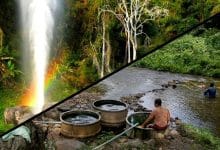Chiang Mai – the wellness destination
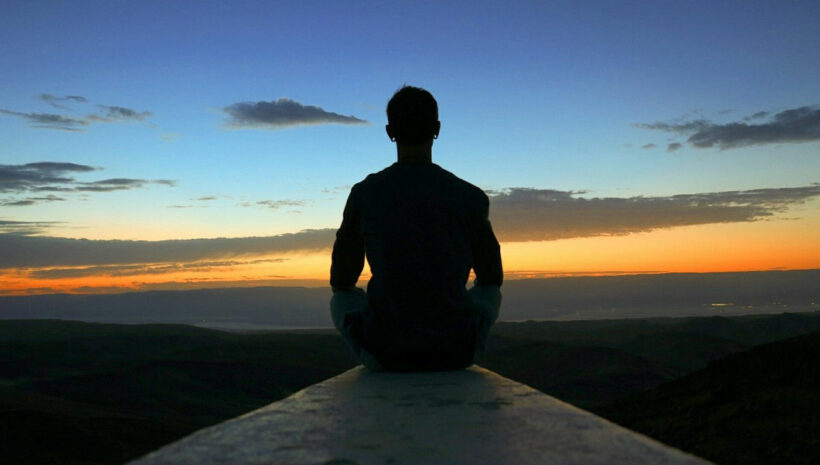
Wellness Tourism
Resorts in Northern Thailand are quick to adapt, as wellness tourism is on the rise. Many operators now offer packages that include anything from ancient spas, yoga in the forest, and monastery stays to farm-to-table produce, local cooking, Thai kickboxing classes, and mineral hot springs. And they have good reasons for it.
Though wellness trips now account for about 7% of all trips taken worldwide, a study by the Global Wellness Institute found wellness tourism is growing fast at 6.5% annually (from 2015-2017). More importantly, wellness holiday makers are also generous spenders. For Thailand, international and domestic tourists spend about 36% more than the average tourist for quality stays that rejuvenate their body and mind.

Find out more about investing in the Chiang Mai Onsen Wellness Resort.
Why are people taking wellness trips?
As daily stress, rising chronic diseases, and general unhappiness become part of modern life, people are looking for preventative ways and ancient wisdoms to take care of their physical and mental health, leading to a massive economic wellness boom, estimated at about US$4.2 trillion.
Add these modern “illnesses” to longer lifespans, demands for healthier lifestyles, desire for experiential travel, and the rise of the middle class to the ultra-wealthy in Asia, and you have wellness tourism that keeps expanding. In fact, at over $639 billion, wellness tourism has grown more than twice as much as general tourism (3.2%) in the past few years.
For Asia Pacific destinations, in particular, wellness trips are also driven by rising female travellers, mid-life adventurers, and Chinese millennial millionaires, a report by the wellness and hospitality marketing company CatchOn states. Female travelers, for example, organize trips to “escape, rekindle friendships, celebrate milestones, and reward themselves.” And spas, wellness or life coach gurus, truly unique and authentic experiences, and creative endeavors like cooking classes are highly attractive. For Asian female travellers, spa treatments, sightseeing, as well as shopping at mega malls (Tokyo, Seoul, Bangkok, etc.) are also a popular way to recharge.
For the mid-life adventurers, however, wellness is for self-care and exploration. Activities that are highly memorable, like flying around Mount Everest, are very attractive to this group. Meanwhile, well-to-do young Chinese are drawn to “hassle-free, all inclusive packages” with activities that include anything from morning yoga, meditation, and local cooking to sightseeing, outdoor adventures, shopping, beach parties, and fine dining, the report shows.
Thailand as a wellness destination
Thailand was quick to jump on this trend. Ranked 13th in the world and 4th in Asia-pacific in 2017, after China, Japan, and India, Thailand’s wellness tourism is estimated at $12 billion. Establishing itself as a major medical tourism hotspot and a top spa destination, Thailand is now considering adding a visa category called “Medical Visa,” which would allow holders to stay in the country up to a year for the purpose of medical treatment. The country also incorporates both health and wellness into their international campaign “Amazing Thailand: Open to New Shades” and targets major demographic segments such as millennials, seniors, and female professionals.
The top performing sources of medical and wellness tourists in Thailand are from Southeast Asia, the Middle East, as well as Australia, India, China, and the United Kingdom. And “new business is emerging from places; such as, Myanmar, Australia and Russia,” the Tourism Authority of Thailand noted earlier this year. For spas and massages, it’s Brazil, Saudi Arabia, Kuwait, Oman, Israel, USA, and Vietnam that spend the most per head.
The Global Wellness Institute also commented on its global wellness report that by leveraging strengths in both segments, countries like Thailand are primed for stressed out professionals, patients and their families, as well as wellness travelers. Treatment, prevention, and recovery are available in a single trip, with health checkups, detox, life coaching, meditation, ancient therapies, and surgeries, in addition to a blissful setting for them to recover.
Chiang Mai as a wellness destination
While each region in Thailand offers a variety of wellness options, Bangkok is known for its wellness centers, Phuket its spa resorts, Koh Samui its fitness retreats, and Chiang Mai its spiritual retreats, according to a report in 2018 by Kasikorn Bank. Chiang Mai, with its rich culture, unique cuisine, long-standing Buddhist traditions, and mountainous scenery, attracts many tourists for general wellness travelers as well as spiritual monastery stays. While most tourists in the north are Thais and Chinese, the region also welcomes a lot of travelers from Europe and the United States as well as Japanese pensioners.
Each nationality, however, has very specific needs when it comes to wellness, a recent study by Chiang Mai University ()which surveyed 1,092 travellers in Chiang Mai and other Northern cities shows.
Thai tourists, for instance, are foodies and a wellness trip is best with local northern cuisines or healthy food. Chinese tourists, on the other hand, are more interested in traditional massages and listed creative classes, like learning Thai medicine and massage, very high on their list. To Americans and Europeans, a wellness trip to Chiang Mai is more enticing when paired with a chance to experience the local way of life. They are also similar in their choosing, listing wellness activities like Thai and northern massages as most attractive, followed by healthy/local cuisine, spas, hot springs baths, yoga, and meditation.
Meanwhile, Japanese pensioners are most interested in golf, followed by Thai massage, local food, and hot springs. They also focus on accommodations that are in close proximity to medical facilities.
When asked to choose an activity that is most interesting, all nationalities selected nature sightseeing, except the Chinese who selected Thai massage and herbal medicine classes as most attractive.
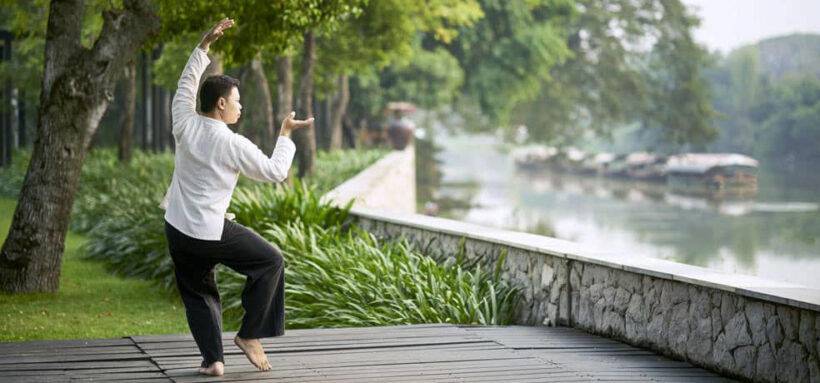
Selling wellness in Chiang Mai
As mentioned earlier, international and domestic wellness tourists spend about 36% more than the average tourist when visiting Thailand, and this is no exception in Chiang Mai. Undoubtedly, this leads to more resorts offering attractive holistic treatments to cash in on this trend, from The Pavana’s five habits of longevity to Dhara Dhevi’s Ayurvedic Retreat, which includes Shirodhara therapy, where a stream of warm oil is poured onto the “third eye” to improve the functions of the nervous system.
These resorts in Chiang Mai can charge much higher fees when offering wellness programs. For example, a night at the luxury Dhara Dhevi’s deluxe villa costs around 10,000 baht or about $330 (which accommodates 2 adults). That rises to 86,000 baht/person for 3 nights of an Ayurvedic Rejuvenation Retreat, the bundle that comes with Ayurvedic therapies, personalized treatments, traditional massages, free access to thermal facilities, private yoga, and meditation classes, among other things. To extend your wellness stay to 14 nights, the price rises to 363,000 baht/person.
Investing in wellness in Chiang Mai
Instead of choosing a colorful, but busy part of the city, many resort developers eye for iconic locations in natural surroundings to market as luxury wellness retreats. And some are opening its doors to investors, Thai or otherwise.
Chiang Mai Onsen Wellness Resort, for example, lets investors buy a villa in its wellness resort at the starting price of 3.3 million baht (about $108,000). The resort is set in the hot spring area of San Kamphaeng of Chiang Mai and features on-site mineral hot springs. Minerals in this location, such as Fluoride and Sulfate, are said to have healing properties beneficial for boosting blood circulation, improving the reproductive system, strengthening bones and joints, as well as softening skin.
The resort also offers buyers guaranteed rental returns and hotel management. Buyers can also choose villas for their own use on the residential side , next to the resort, with access to facilities like the hot spring baths, spas, a Muay Thai kickboxing gym, spas, restaurants, as well as an on-site anti-aging clinic.
As wellness is a rising trend that attracts high-spending customers, it is obvious why many resorts are marketing themselves as wellness retreats.
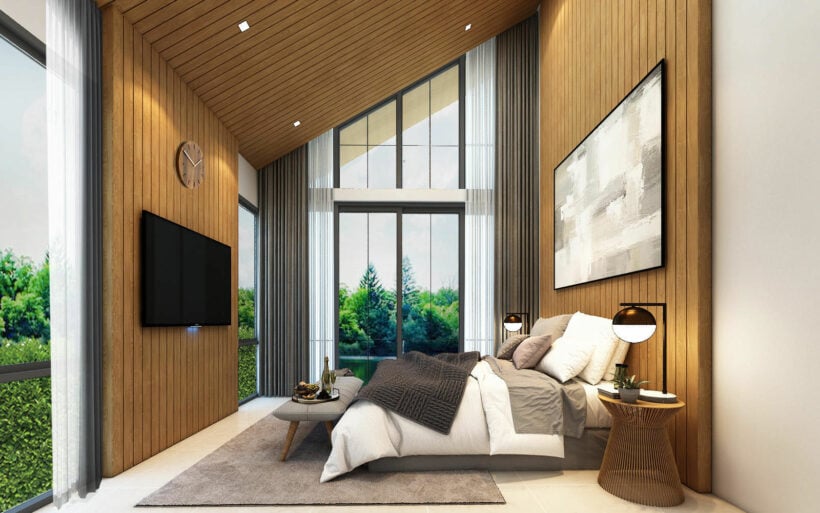
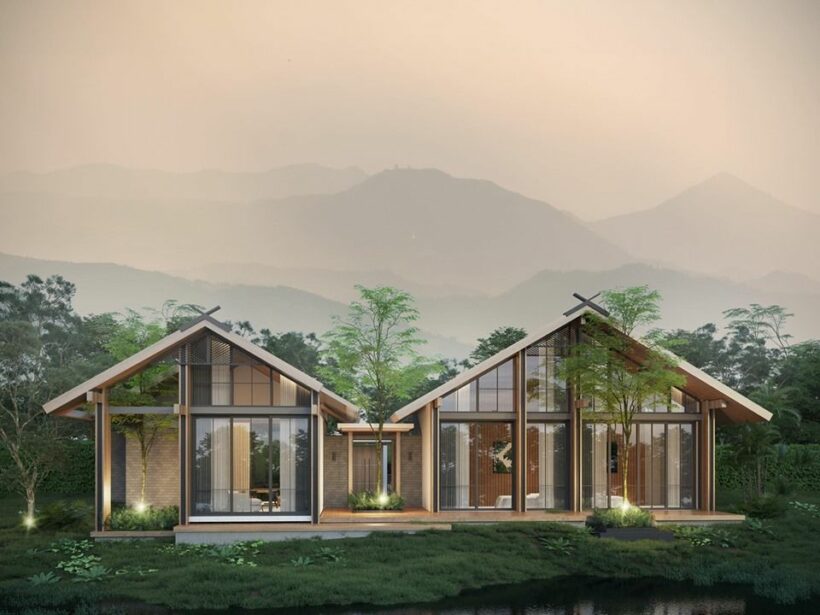
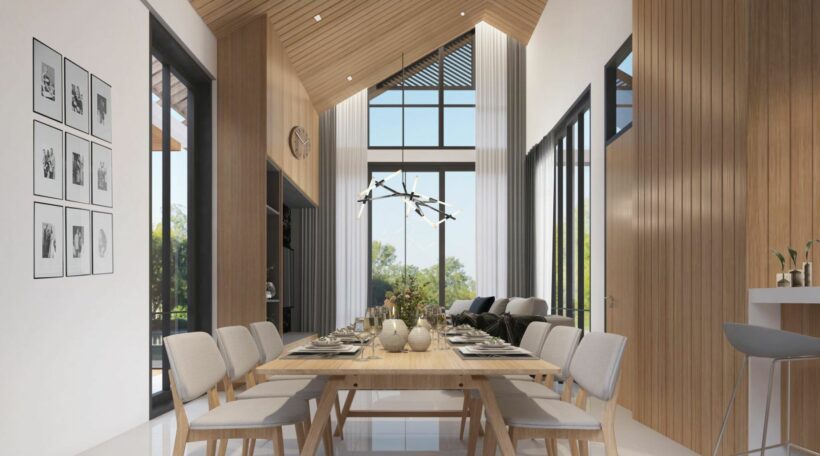
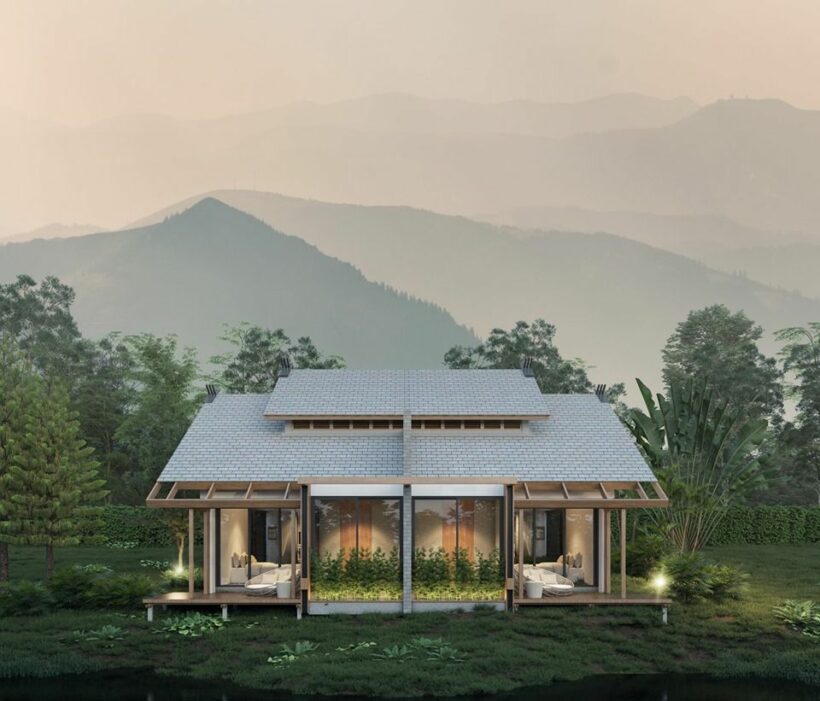
Latest Thailand News
Follow The Thaiger on Google News:

